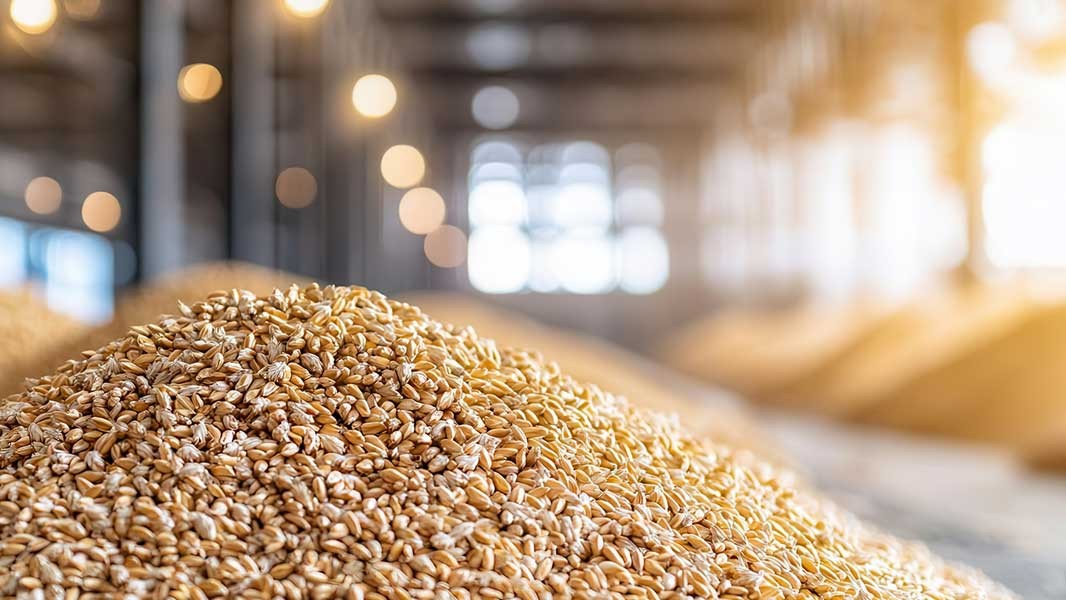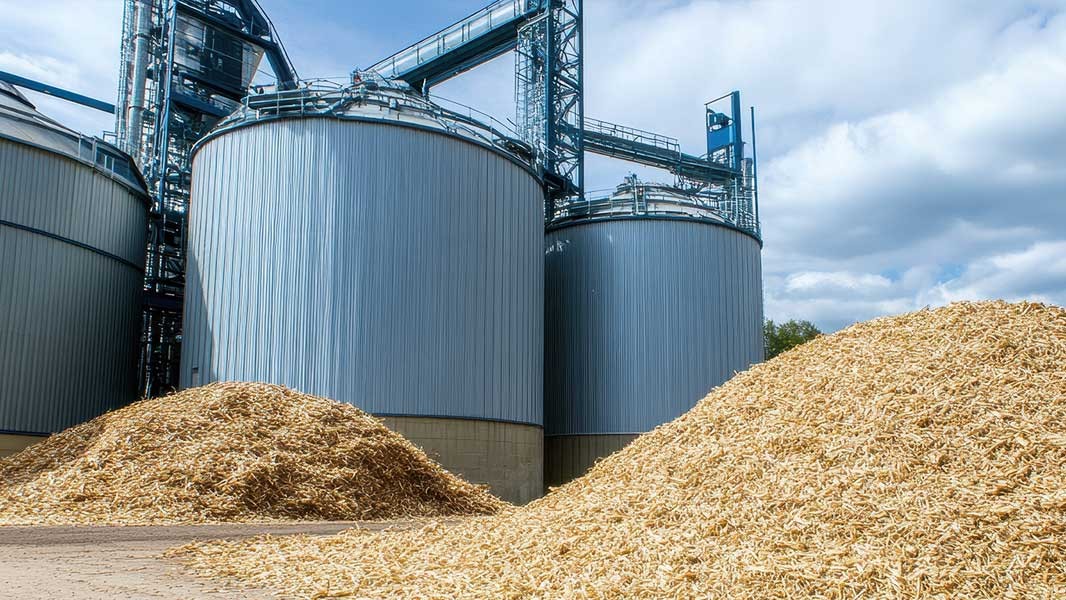
Application of NIT (Near Infrared Transmission) instruments to determine the quality parameters of wheat
The role of modern technology in food analysis
Introduction
One of the fundamental challenges of agricultural production and the food industry is to accurately measure the quality and composition of crops. In the case of wheat, nutritional parameters are of paramount importance as they influence the quality of the flour and thus the properties of final products such as bread and pasta. Traditional chemical analysis methods are time-consuming and costly, which is why fast and non-destructive technologies such as Near Infrared Transmission (NIT) instruments are becoming increasingly common.
Basics of near-infrared spectroscopy
Near infrared spectroscopy (NIR) is a technique based on the interaction of light with matter, widely used in agriculture and the food industry. The essence of the method is that different molecules of materials absorb and scatter near-infrared light in a specific way (in the wavelength range of 800-2500 nm). Based on the characteristic patterns of absorption spectra, the chemical composition of the substance can be inferred: the nutritional parameters can be calculated from the absorption of light at different wavelengths by the C–H, O–H, N–H and S–H bonds of organic molecules.
The NIT (Near Infrared Transmission) method
NIT instruments implement a special application of near-infrared spectroscopy. During the method, infrared radiation penetrates the entire cross-section of the sample, so during the measurement the characteristics of not only the surface layer, but the whole sample are taken into account. This is especially important for heterogeneous materials such as wheat grains.
The measurement process
The operation of NIT instruments consists of the following main steps:
- Sample preparation: One of the important advantages of NIR transmission measurement is that it does not require sample preparation, the "harvester-clean" sample can be measured immediately.
- Recording and analysis of spectra: The intensity of the transmitted light is measured by a photodiode (detector) and data processing is carried out on the basis of the resulting spectra.
- Determination of nutritional parameters: From the information obtained from the spectra, the instruments calculate the quantitative data characterizing the content of wheat using calibration models.
The advantage of the NIT method is that it is fast and non-destructive, so large quantities of samples can be analyzed in a short time.
NIR measurable parameters and measurement characteristics
Moisture
Moisture content is one of the most important quality parameters of wheat, as too high a moisture content can reduce storage time and increase the risk of mold. With NIR spectroscopy, moisture content can be determined quickly and accurately by directly measuring O-H groups, with a high correlation between lab results and NIR results.
NIR measuring range: ~9-20%
Expected NIR measurement accuracy: maximum ~0.2% standard deviation (standard deviation of the result estimated by the instrument compared to the reference result measured in the laboratory)
Reference laboratory method: oven
Protein
The protein content of wheat is calculated directly from the absorption of N-H bonds, so basically it is nitrogen content measurement. The protein content of wheat shall be the total nitrogen content measured as a percentage of dry matter, multiplied by 5,7. Because it is a "direct" measurement, there is a high correlation between lab results and NIR results.
NIR measuring range: ~8-18%
Expected NIR measurement accuracy: maximum ~0.25% standard deviation
Reference laboratory method: Kjelhdal (wet digestion) or Dumas (burning), method
The protein content of wheat is closely related to the nitrogen content in the soil. The form and availability of nitrogen in the soil greatly influences nitrogen uptake by plants and thus protein synthesis. Various studies have shown that an optimal supply of nitrogen increases the protein content of wheat, so an adequate supply of nitrogen is essential for the production of high-protein wheat.
Gluten (gluten)
Gluten consists of water-insoluble components of wheat proteins. It is basically a mixture of two proteins, gliadin and glutenin.
NIR measuring range: ~15-50%
Expected NIR measurement accuracy: maximum ~1.5% standard deviation
Reference laboratory method: wet gluten washing
The gluten content is not measured "directly" by NIR instruments, i.e. by measuring the N content, like the protein content, but due to the strong correlation between crude protein and gluten content, relatively good NIR calibration can be developed for gluten. However, on the one hand, the correlation of gluten with the results of the reference method is weaker than the correlation of the protein, and on the other hand, the error of wet gluten washing used as a reference is also greater than that of the Kjelhdal or Dumas methods used for protein determination, therefore the standard deviation of gluten results measured by NIR instruments is also much higher than in the case of protein.
Zeleny index
The Zeleny sedimentation index is the volume, expressed in millilitres, of sediment in lactic acid solution obtained from flour obtained from wheat under specified conditions. The measurement is based on the swelling of gluten in lactic acid solution. Its value can theoretically be from 0 to 100 ml, the higher the value, the better the quality of the wheat.
NIR measuring range: ~10-70 ml
Expected NIR measurement accuracy: maximum ~5ml standard deviation
Reference laboratory method: Zeleny sedimentation volume determination
Hectolitre weight
The hectolitre weight is not measured by NIR spectroscopy, but by an independent, built-in specific gravity module. The module measures the weight of a specified volume of wheat sample using a built-in balance cell, from which the instrument calculates the result.
Weighing range: 65-86 kg/hl
Expected measurement accuracy: maximum ~ 0.7 kg/hl standard deviation
Reference laboratory method: Chondrometer

Parameters that cannot be measured by NIR spectroscopy or cannot be measured with sufficient accuracy
The following parameters cannot be measured with an NIR instrument:
- Water absorption: low (R2 < 0.9) correlation with NIR
- W-value (energy): with weak correlation (R2 ≤ 0.7), indicatively measurable NIR
- Hagberg fall: low correlation (R2 ≤ 0.9) between NIR results and lab results, not measurable by NIR
- Ash content: measured in flour, low correlation between NIR results and lab results
- Starch content: low correlation between NIR results and lab results, not measurable by NIR
- Cleanliness (amount of foreign matter, proportion of broken, infected grains, etc.)
- Weight of a thousand seeds
- Toxins
Summary
NIT instruments allow rapid and non-destructive measurement of wheat nutritional parameters, including moisture content, protein content, gluten content, Zeleny index and hectolitre weight. The advantage of this method is that large quantities of samples can be analyzed in a short time, and the measurements show a high correlation with laboratory results. However, certain parameters such as water absorption, W-value, Hagberg fall rate, ash content, starch content, purity, thousand-seed weight and toxins cannot be measured with sufficient accuracy by NIR spectroscopy.
